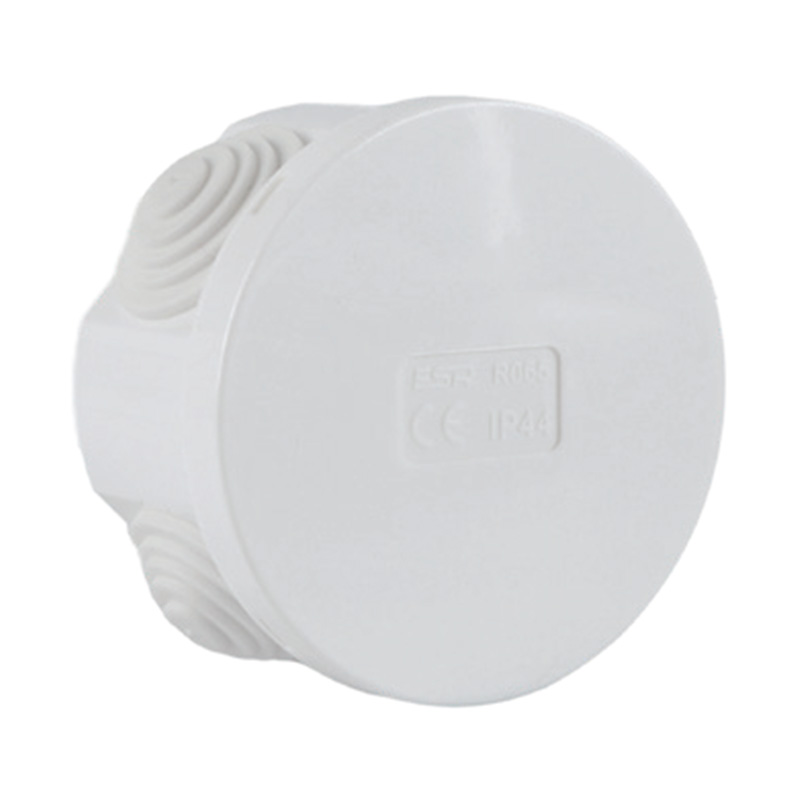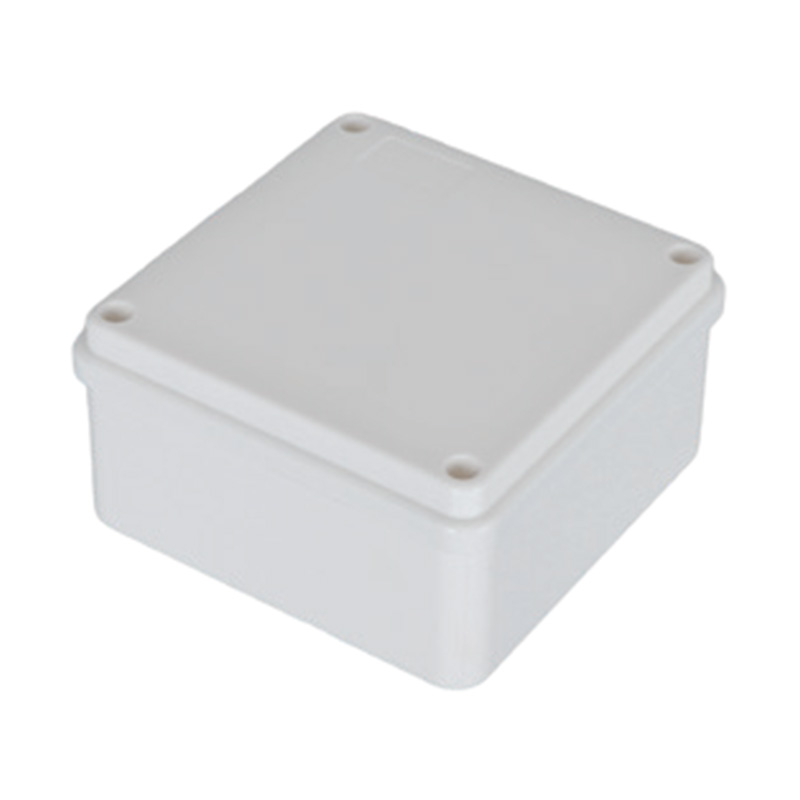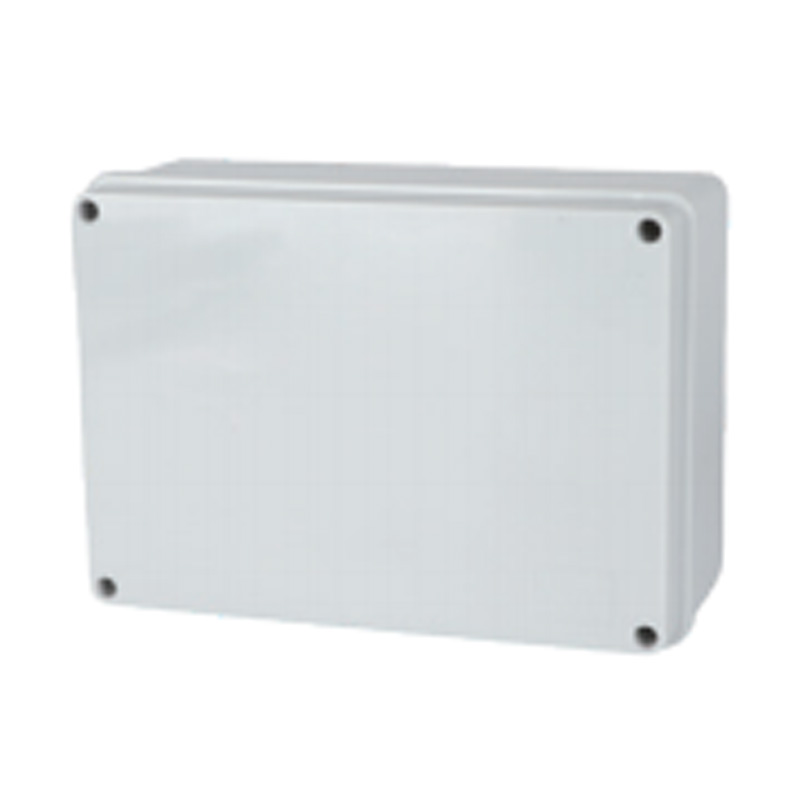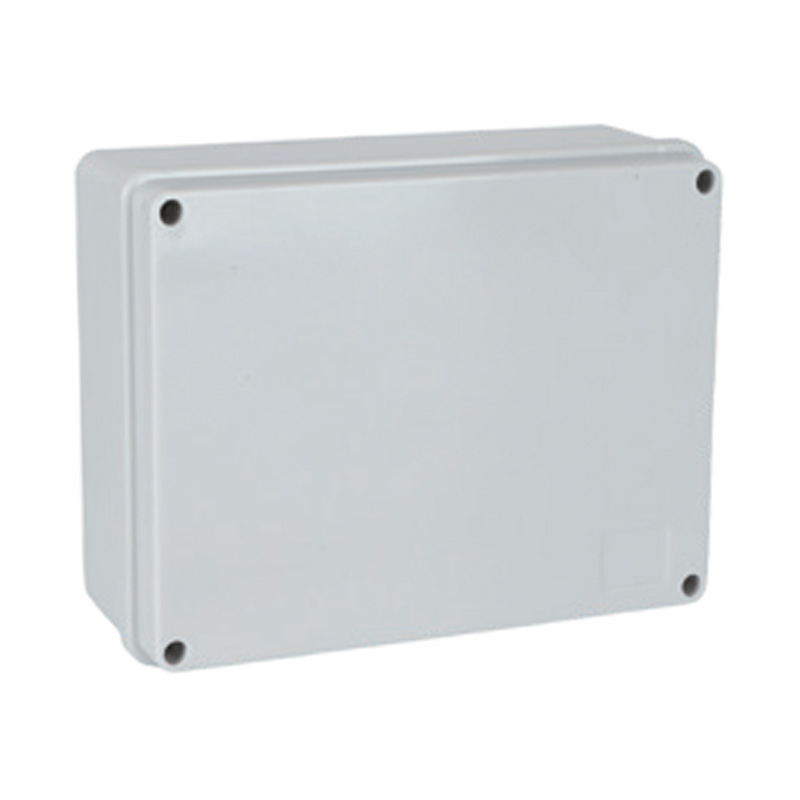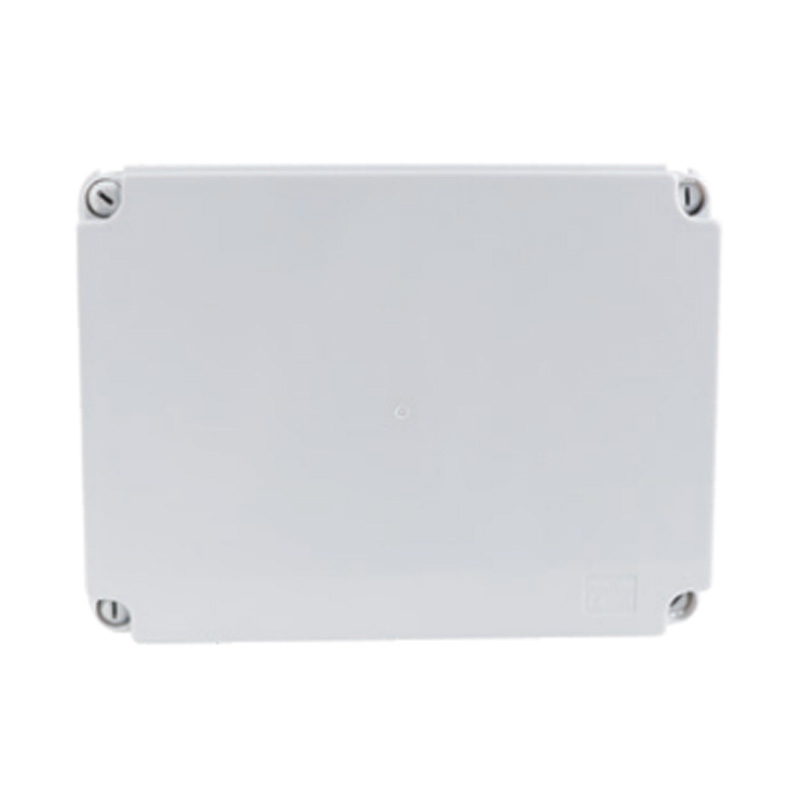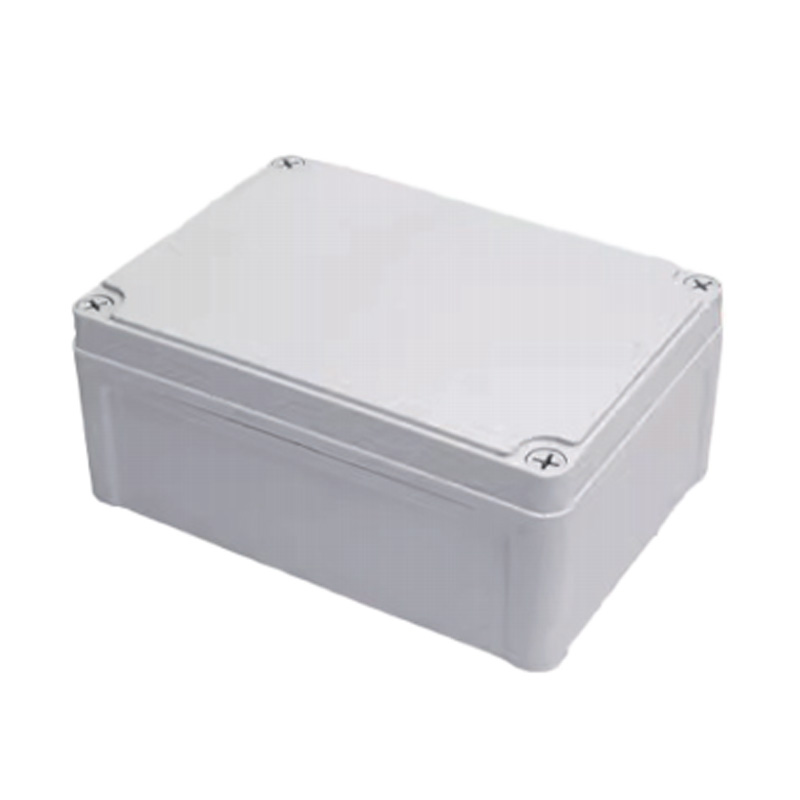How Do Strain Relief Cable Glands Contribute to Electrical Safety?
 2025.09.19
2025.09.19
 Industry news
Industry news
Strain relief cable glands serve a fundamental role in enhancing electrical safety within any installation. Their primary function is to securely anchor the cable at the point of entry into an enclosure, junction box, or piece of machinery.
.jpg)
By absorbing and dissipating mechanical forces, these glands prevent tension, twisting, and pulling from being transferred directly to the electrical connections inside the device. Without this protection, constant movement or a sudden tug on the cable could loosen terminal screws, damage solder points, or even pull wires completely free. Such failures can short circuits, arcing, or exposed live parts, all of which present significant shock and fire hazards. Furthermore, in the event of accidental cable tripping or snagging, a properly installed strain relief gland helps to contain the damage to the cable itself, often preventing the connected equipment from being pulled off a wall or a workbench, which could cause further harm. By ensuring that electrical connections remain intact and undisturbed, strain relief cable glands provide a critical layer of protection that safeguards both equipment and personnel.
Why Is Proper Tightening of Long Thread Cable Glands Important?
The importance of properly tightening long thread cable glands cannot be overstated, as it is the single critical step in ensuring they perform their intended functions. Long thread designs are often employed for challenging applications, such as securing cables to thicker enclosure walls or providing enhanced protection in demanding environments. Correct tightening is essential for achieving three key outcomes: a reliable seal, effective strain relief, and maintained grounding.
Under-tightening will fail to compress the internal seal (often an O-ring or a compression ring) sufficiently. This leaves gaps that allow the ingress of moisture, dust, or flammable gases, compromising the environmental protection of the enclosure and potentially corrosion or equipment failure. Secondly, insufficient torque means the gland will not adequately grip the cable's outer sheath. This lack of grip fails to provide the necessary strain relief, leaving internal electrical connections vulnerable to damage from cable pulls and vibrations. Conversely, over-tightening is equally problematic. It can crush the cable jacket, damaging internal insulation and conductors, distort the sealing elements, making them less effective, or even crack the gland or enclosure thread. Using a calibrated torque wrench where specified by the manufacturer helps achieve the good balance—a secure, watertight seal and firm cable grip without causing damage.
What Factors Should I Consider When Selecting Cable Glands for Multiple Cables?
Selecting the right cable gland for a single cable is straightforward, but the process becomes more complex when managing multiple cables entering a single enclosure point. Choosing an inappropriate solution can installation difficulties and compromised performance. Several key factors should guide this selection to ensure a safe, organized, and reliable outcome.
The primary consideration is the use of multi-hole cable glands or modular gland plates. Instead of installing a separate gland for each cable, a single fitting with multiple ports allows for a cleaner and more space-efficient installation. When evaluating these options, closely examine the range of available sealing inserts. These inserts come in various diameters to accommodate different cable sizes, and a good gland system will offer a wide selection to ensure a precise and snug fit for every cable, which is vital for maintaining the enclosure's ingress protection (IP) rating.
Material compatibility is another crucial factor. The gland's material (e.g., nylon, brass, stainless steel) must be suitable for the environment, considering exposure to chemicals, UV radiation, temperatures, or potential corrosion. For projects that may require future expansion, selecting a modular system with blanking plugs allows for the easy addition of cables later without needing to replace the entire gland assembly. Finally, ensure the chosen multi-cable solution provides adequate individual strain relief for each cable and, if required, maintains the continuity of any electromagnetic shielding (EMC) across all cables. This holistic approach ensures both physical protection and electrical integrity for the entire bundle.


 English
English 中文简体
中文简体 Español
Español عربى
عربى

